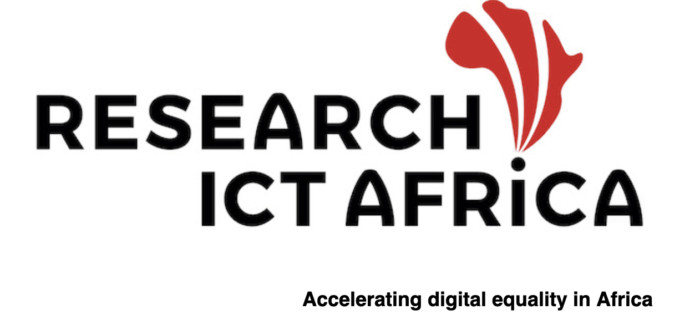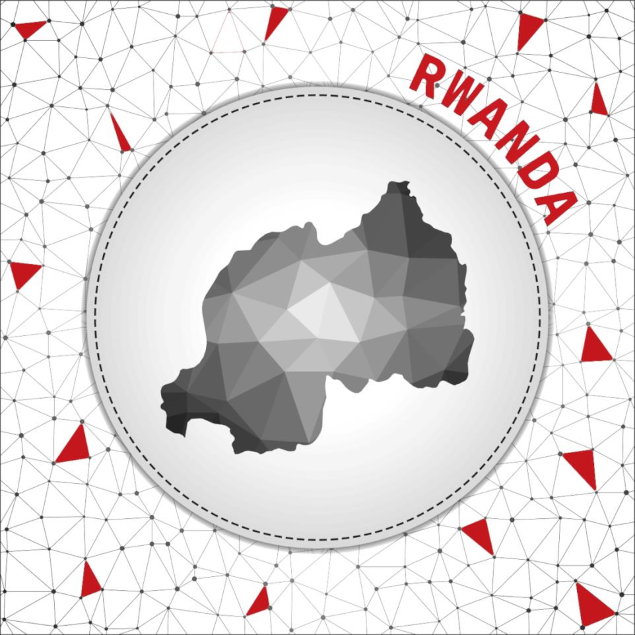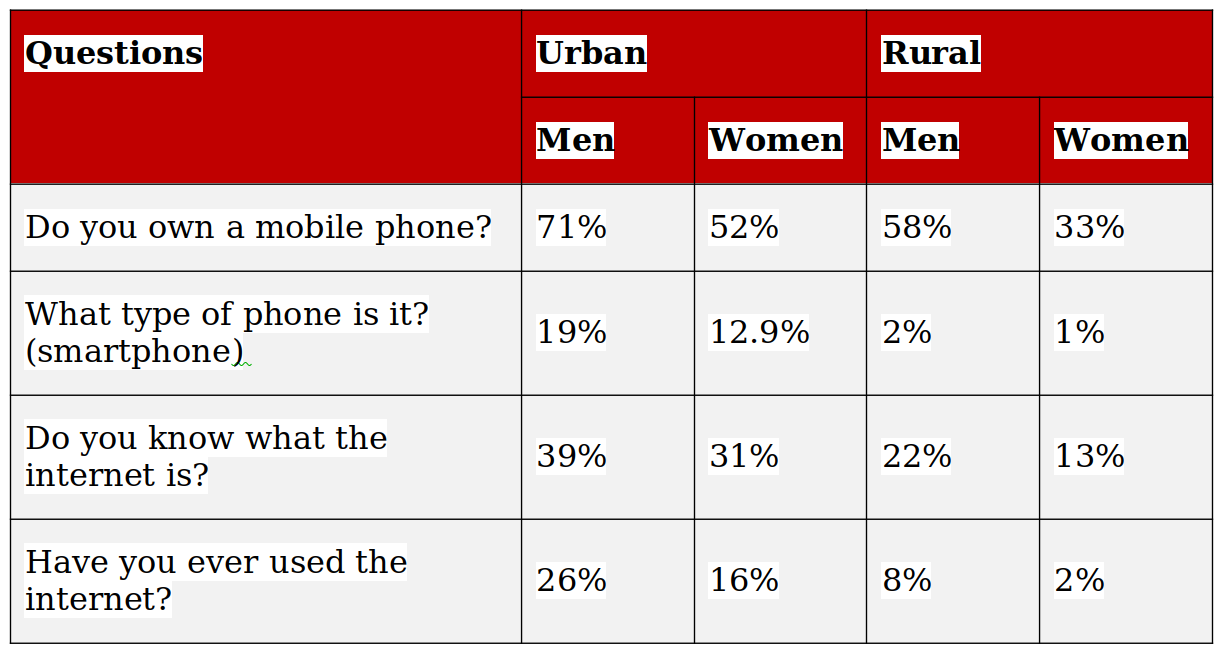Gender norms, gendered work and intersectional digital inequalities in Rwanda

Internet use is still relatively low in the sub-Saharan Africa region. In some of the less developed countries like Rwanda, Tanzania and Mozambique, internet use was still below 15% for both sexes. Rwanda’s gender gap is much higher than other least developed economies: about 12% of men use the internet, as opposed to only 4.8% of women.
Previous studies have shown that income and education are the main determinants of internet access and use. In general, the share of individuals who have completed a specific level of education in Rwanda is quite low for both men and women. However, women are often less educated and earn less than men. This puts them at a disadvantage when it comes to using the internet. It supports the hypothesis that women often find themselves in a situation of multiple marginalities, and this is translated in the digital realm.

Despite a progressive policy and telecom industry environment, there is a large gender gap in internet access in Rwanda. This study, conducted by Research ICT Africa (RIA) and partners at the University of Rwanda Centre of Gender Studies, combined quantitative and qualitative research to explore what socio-economic factors inhibit internet access for women in rural and urban settings.
Research question, rationale and objectives
Gender equality is enshrined at a constitutional level in Rwanda and includes the establishment of a specialised gender monitoring organ. Women have the same rights to inherit land as men do, and girls are equally as likely to attend schools as boys, given the existence of a girls’ education policy and implementation plan. The 2018 elections saw women filling 61% of seats in parliament. The regulatory and policy environment has been oriented toward ensuring uptake of the internet. The country has long focused on the expansion of the mobile telecommunications sector as a strategy to achieve socio-economic growth; and 4G network coverage in the country stands at almost 97%. However, according to RIA’s 2017/2018 After Access survey, Rwanda has amongst the lowest internet penetration rates in Africa, with the widest recorded gender gap. The findings are counterintuitive since the policy and telecom industry environment seem to have put in place the relevant components to foster gender digital equality. This discrepancy highlights a need to investigate other issues besides infrastructural and supply-side constraints to digital equality.
We set out to explore two research questions:
-
What are the structural, institutional and cultural issues that women and men face that have an impact on internet access and use?
-
What issues need to be addressed to ensure equitable access and use of the internet?
Feminist methods of data collection and analysis
Localised qualitative research nuances the quantitative findings and provides insights into gender-related power dynamics, which quantitative data alone cannot illuminate.
We adopted a mixed methods approach underpinned by feminist values, using both quantitative and qualitative methods for data collection and analysis. Specifically, our quantitative analyses drew on the gender-disaggregated data from the 2017/2018 After Access survey (of 1,217 samples). This was complemented with six focus group discussions (including urban and rural, male and female, internet users and non users) and a high-level roundtable discussion, to provide a more nuanced understanding of the lived experiences of both those connected to and those currently marginalised from internet services. Localised qualitative research nuances the quantitative findings and provides insights into gender-related power dynamics, which quantitative data alone cannot illuminate.
To mitigate the typically extractive nature of research, we intended to end off the project by returning to the research communities to share and discuss the research findings. This intention was inhibited by COVID-19 pandemic restrictions but remains a goal that we hope can be reached by in-country partners when it is safe to do so.
Despite the rich evidence produced, the study had some limitations that are important to acknowledge:
Asynchronous data gathering: The quantitative data analysed for the study was collected in 2017, while the qualitative data was collected in 2020. A joint interpretation of the quantitative and qualitative data should bear this in mind.
Inability of RIA researchers to participate directly in the qualitative fieldwork: Due to COVID-19, the RIA team was unable to travel to Rwanda to physically participate in the fieldwork. Our partnership with the University of Rwanda’s Centre of Gender Studies enabled the research to proceed, with the centre effectively managing the in-country logistics and facilitating the focus group discussions and online roundtable discussion.
Rushed fieldwork: Administrative and permission-seeking processes caused significant delays in the qualitative fieldwork. This led to a rush into the field when government approval was finally secured, granting a limited timeframe within which to complete the project. One impact of this was that the focus group discussions were not pretested, potentially leading to missed opportunities to probe some key issues such as women’s negotiation of internet use or modes of resistance against the constraints they face.
Focus group design: Participants were recruited by community leaders, who did not report which processes they used. The research team, therefore, could not ascertain whether any selection bias had affected the final sample. In addition, the presence of different genders in the mixed internet user groups might have influenced the extent to which female participants freely expressed their views, especially on the subject of gender equality.
Participation of key stakeholders: While the high-level roundtable discussion had strong participation from several stakeholders, some important institutions were absent, such as mobile network providers and key government departments.
Ethical framework
The research followed RIA’s standard practice for ethical research. We obtain informed consent from all research participants, acknowledging their contribution as volunteers for social sciences research. Where personal data is to be collected or processed, it excludes sensitive data such as health, sexual lifestyle, ethnicity, political opinion, religious or philosophical conviction, or genetic information. The After Access surveys involve tracking or observation of participants in order to understand their connectivity patterns, needs and availability; however, it does not involve the further processing of previously collected personal data. All data and information collected is anonymised and it is not possible to identify individuals from either the processed or unprocessed data. Quality checks are also performed, taking care on multiple levels to ensure as far as possible that the data we report and bring to the policy process is accurate, and not falsified or biased.
Discussion about research findings
Structural (paid and unpaid labour), institutional (family and organisations), and cultural (gendered norms and values) conditions combine to place women in a position of digital disadvantage relative to men.
Internet use in Rwanda is generally very low (8% nationally) and particularly low for women. In 2017, only 5% of women used the internet in comparison to 12% of males (Table 1). A regression analysis indicated that, on average, being female decreased the probability of having access to the internet by 6.4 percentage points when compared to males. Lack of access to a computer or smartphone was a more prevalent barrier to internet access for women (51%) than for men (38%).
Table 1: Internet use by gender

N = 1217 (Male: 572; Female: 645)
Source: Research ICT Africa Database 2017
The analysis also shows that women in rural areas had the lowest mobile phone ownership, smartphone ownership, knowledge of the internet and use of the internet (Table 2).
Table 2: Mobile phone ownership and internet use by gender and location

N = 1,217 (Male: 572; Female: 645)
Source: Research ICT Africa Database 2017
Relative to other African countries, Rwanda has strong foundations in place to make digital technology accessible and affordable for all. However, the gendered division of labour and power relations in the household seem to be contributing to a lingering gender imbalance in internet access and use. Structural (paid and unpaid labour), institutional (family and organisations), and cultural (gendered norms and values) conditions combine to place women in a position of digital disadvantage relative to men. Both the qualitative and quantitative analyses showed that women earn less on average than men, resulting in their dependency on male partners in general. The intertwining impacts of paid employment, access to personal income and access to internet facilities at work, create a major barrier to internet use for women and make them susceptible to gender norms and perceptions (for example, about the need for internet access at home) that further inhibit internet use.
The experiences of women (and men) are not homogeneous. Thus, an accurate reflection of the state of gender equality benefits from an intersectional lens. The study confirmed a wide range of similar constraints for both women and men. However, people in different conditions, such as living in rural areas, being married, or unemployed, experienced these constraints in different ways or to greater degrees. In addition, some divergent views were expressed about gender-based constraints to internet access and use (and gender equality in general), highlighting the importance of considering multiple variables simultaneously (whether quantitatively or qualitatively) when assessing digital inequality and its causes.
The issues we have identified as impinging on gender digital equality – employment, income, education, demands of unpaid domestic labour, perception of internet relevance, perception of skills, gender norms and stereotypes, as well as misconceptions about the internet, are heavily intertwined with social and cultural structures. These issues are, therefore, challenging to address in isolation. Effectively redressing digital inequality will require correcting the (analogue) structural inequalities that perpetuate economic and social exclusion and that are simply mirrored, and sometimes amplified, in the digital world.
Alongside policy measures and infrastructure developments, subtle cultural and individual transformations might be taking place that could, in the long term, lead to broader social transformations of gender roles and expectations, moving Rwandan society towards greater equity. Several participants noted that gender norms around domestic roles were malleable in different family circumstances. However, waiting for such transformations to happen organically or take root more widely could mean waiting centuries in some cases, considering that the 2020 Global Gender Gap report estimates that at current rates, it would take over 250 years to achieve global gender parity in economic participation and opportunity.
Research recommendations and input for policy advocacy
Revisit implementation of gender and digital technology policies
Policymakers should examine the current policies to assess why they have not generated the expected outcomes. This includes identifying whether there are implementation or other gaps that have weakened the influence of the policy in practice, and whether definitions of digital equality need to be upgraded to reflect not just physical access but meaningful access (the ability to translate access into benefits).
Deepen public education on the meaning of gender equality
Develop public education campaigns to improve understanding of gender equality (in theory and practice), break gender stereotypes and provide more economic and social opportunity to people of all backgrounds.
Institute measures to increase higher education and employment in general and female labour force participation
Increasing education and employment opportunities for women will in theory expand their access to income, which the study shows are key enablers of internet use. However, expectations should be tempered with an understanding that economic measures alone will not transform the patriarchal structures that sustain gender discrimination.
Institute measures to value unpaid domestic and care work
To mitigate the apparent link between the digital divide shown in gender inequality and perceptions that unpaid domestic work is economically unproductive, avenues should be sought to demonstrate the economic and social value of the labour of housewives and other unpaid domestic and care workers and their critical role in the reproduction of labour. Broad social change is also needed to correct the imbalance in the amount of time that women (compared to men) spend on unpaid housework versus paid work.
Policy experimentation
Rwanda has amongst the lowest data prices on the African continent but one of the lowest gross national incomes per capita, and affordability remains a challenge for many. Rwanda should embark on low-risk licensing and regulatory experimentation that will enable the entry of multiple smaller, lower-cost technologies and offerings, including community network operators, micro cell users and dynamic spectrum operators in unused rural bands.
Stimulate demand
Government needs to balance supply-side infrastructure and service measures with strong demand-side measures such as stimulating local content in local languages, supporting local apps development, digital literacy as well as fundamental education and specialised tertiary education. Interventions should account for intersectional identities to avoid assuming one-size-fits-all solutions.
Conduct further research into the relationship between gender power relations and technology access and use in Africa
There is a surprisingly limited amount and variety of published research examining the intersection of gender, power, and technology in African countries. As new technologies continually transform the digital landscape, it is important to generate more empirical local knowledge and evidence to feed into policymaking processes that, as our research has shown, might not be fully grasping the nature of the challenges standing in the way of true gender digital equality.
Stories from research
An important feature of this research was the mixed methods approach. Whereas feminist research often focuses on qualitative methods, this study sought to demonstrate complementarities of quantitative and qualitative data when researching intersectional inequalities. Intersectional lenses were brought to bear on the quantitative data by analysing cross sections of the multiple demographic variables the surveys collected. While the qualitative data provided depth and contextualised insights, the quantitative analysis enabled us to draw conclusions that are generalisable to the Rwandan population. These include findings on how both men and women with different characteristics experience digital inequality at the intersection of adverse conditions reflecting income, education and geographic location – including circumstances in which men might be more disadvantaged than women. For example, although mobile phone ownership was higher amongst rural men than urban women, out of those who did own a phone, a higher proportion of urban women than men owned a smartphone. And compared with rural men, a higher proportion of urban women knew what the internet is and had used it.
